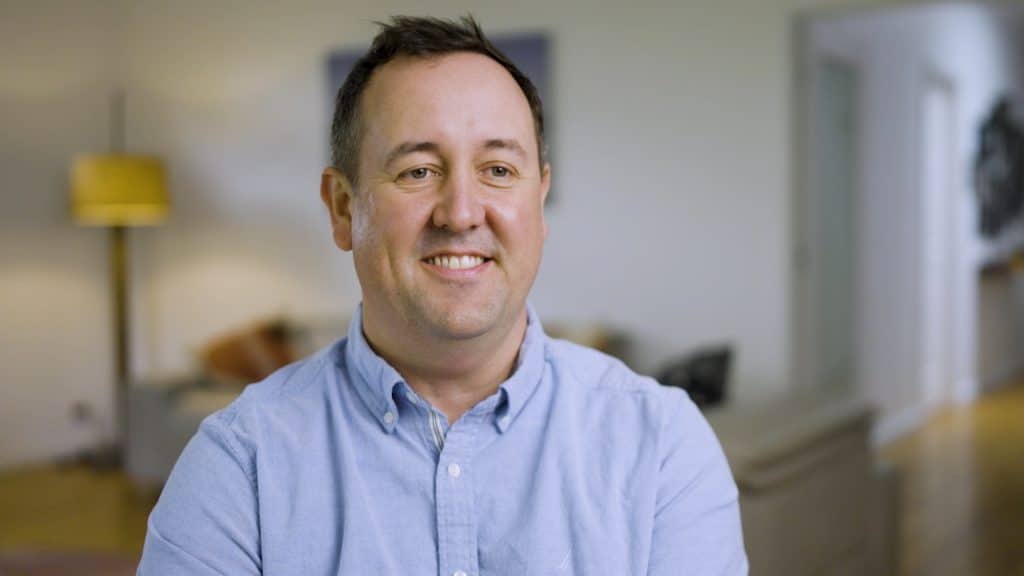New treatment now PBS listed for Australians living with increasingly prevalent inflammatory oesophagus disease
Experts call for timely diagnosis & treatment of eosinophilic oesophagitis (EoE)
The increasingly prevalent, lifelong immune system disease, eosinophilic oesophagitis (EoE) (e-o-sin-o-FILL-ik-uh-sof-uhJIE-tis) is estimated to affect one in 2,000 Australian adults.
EoE occurs when a specific type of white blood cell (eosinophils) builds up in the lining of the oesophagus (tube that connects the mouth with the stomach), which, over time, can result in pain and difficulty swallowing, chest pain, regurgitation of food, and/or food impaction.
Eligible Australian adults living with this disease will from today (May 1, 2022) have access to a new treatment listed on the Pharmaceutical Benefits Scheme (PBS).
Jorveza® (budesonide) represents Australia’s first Therapeutic Goods Administration (TGA)-approved, and PBS-subsidised treatment for adults living with EoE. Belonging to a group of medications known as corticosteroids (a type of anti-inflammatory), Jorveza® is indicated for the treatment of EoE in adults.
Today’s PBS listing coincides with the publication of an article in MJA’s Insight+, urging healthcare professionals to prioritise the early diagnosis and treatment of those living with EoE, to prevent permanent damage to the oesophagus, and emergency hospital presentations.
According to article co-author, Gastroenterologist, Eastern Health, Dr Sanjay Nandurkar, Melbourne, treatment is crucial to prevent permanent damage to the oesophagus.
“Due to the complexity of EoE, it can take up to six years from symptom onset to diagnose the disease in adults, and may result in anxiety and/or depression in some patients.
“If left untreated, 30 to 50 per cent of people living with EoE are at risk of food suddenly becoming stuck in the oesophagus (food impaction), which may require removal in the emergency department,” said Dr Nandurkar.
“Treatment to control the build-up of eosinophils in the oesophagus, and the resulting inflammation and fibrosis [tissue thickening or scarring] is needed to prevent the oesophagus becoming permanently damaged. Permanent damage to the oesophagus can cause scarring, and may also cause the oesophagus to narrow, further increasing the risk of both food getting stuck in your throat, and emergency hospitalisation.
“The PBS listing of a new treatment for Australians living with EoE will improve treatment access for Australian adults living with the disease,” Dr Nandurkar said.
EoE is mainly caused by an allergic reaction to food, although environmental allergens, such as pollen, animals, mould, and dust mites may also be involved,4,8 explained the Gastroenterology Staff Specialist at St Vincent’s Hospital, and Director at St Vincent’s Centre for Swallowing and Oesophageal Disorders, Dr Santosh Sanagapalli, Sydney.
“Around 75 per cent of those living with EoE have a history of other allergies, such as hay fever, eczema or asthma.
“The build-up of eosinophils can inflame and damage the lining of the oesophagus, which can lead to pain and difficulty swallowing, chest pain, regurgitation of food, and/or food impaction,” said Dr Sanagapalli.
“Although there is currently no cure for EoE, treatment aims to significantly reduce the build-up of eosinophils, thereby reducing inflammation, fibrosis and associated symptoms. Current treatment involves either an elimination diet or anti-inflammatory medication. Endoscopic procedures might also be required in some patients.”
Given EoE is a long-term disease, many patients will experience a return of symptoms after stopping treatment. Therefore, ongoing treatment is required.

Father-of-two and IT company owner, Dave, 46, Sydney, experienced difficulty swallowing food and severe chest pain over a year before being diagnosed with EoE in 2015.
“I was eating lunch, and just didn’t feel right. Food started to get stuck in my throat. I couldn’t swallow, and then I developed really bad chest pain. I left the restaurant and had to make myself physically sick to get the food out of my throat. That’s when I realised something was seriously wrong,” Dave said.
He has since trialled a range of EoE-related treatments in a quest to effectively manage this debilitating disease, which has in turn, affected his mental health and wellbeing.
“It can be depressing, because I simply can’t enjoy all of the things that I used to do, like eating out at restaurants with my family and colleagues, or visiting friends for a meal,” said Dave.
“Given EoE is a really complicated, long-term disease, with no known cure, being able to effectively manage the symptoms of the disease with treatment, is crucial.”
Founder and CEO of patient advocacy group, ausEE Inc. and mother to an 18-year-old daughter living with EoE, Sarah Gray, Sunshine Coast, welcomed today’s reimbursement of a new treatment option for those living with EoE.
“Prior to the approval and availability of Jorveza in Australia, many patients living with EoE used ‘off label’, sub-optimal medications typically designed for asthma, or proton pump inhibitor (PPI) medication.
“The PBS listing of Jorveza therefore provides those living with EoE access to an affordable medication that is specifically designed for the treatment of EoE,” Ms Gray said.
“New treatments are crucial for the disease, given EoE can seriously compromise the lives of patients and their families. Due to a fear of food obstruction, patients living with EoE may experience anxiety and/or depression.
“They may also avoid group occasions involving food due to fear of choking and the public embarrassment from this which can lead to social isolation, further compounding anxiety and depression,” said Ms Gray.
For more information about Jorveza®, speak to your doctor or pharmacist, and review the Jorveza® Consumer Medicine Information (CMI) here.
